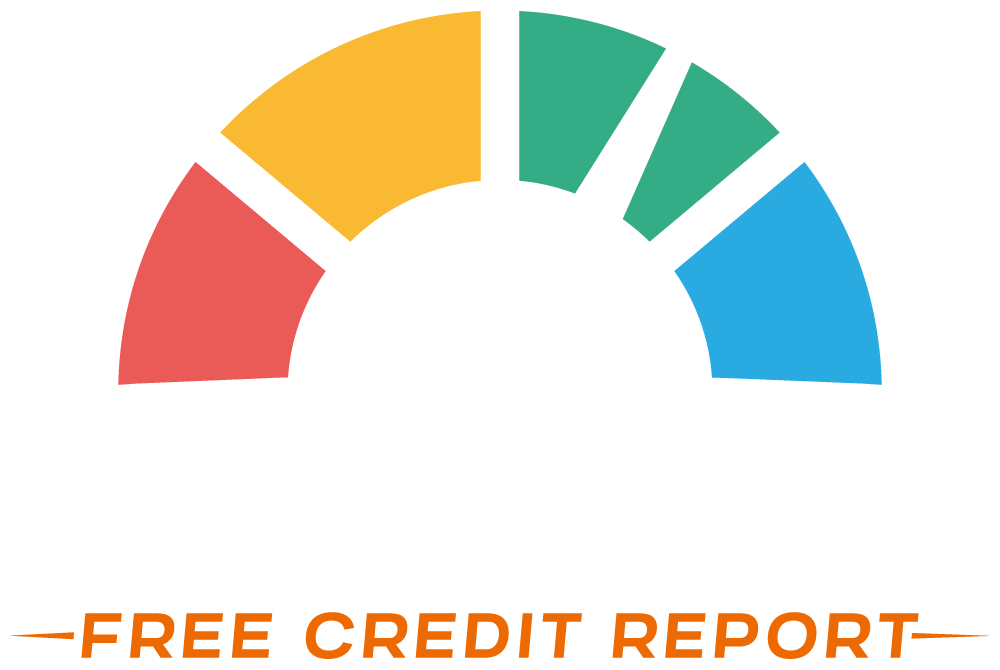When you get out of debt through debt relief , your work is usually not yet done. Most of the programs available affect your credit score one way or the other. If you want to keep your score in good shape even as you are still getting out of debt, there are two ways for you to accomplish that: the snowball and avalanche method.
But before we do that, you have to understand that both of these options require that you have a steady income. Not only that, you should have a big enough disposable income to pay for the minimum payment requirements of all your debts. You also need a little more than the minimum to make this work.
Both snowball and avalanche methods requires you to rank your debt payments based on priority. After that, you need to pay the minimum requirement of all debts and any extra that you have will be put into your priority debt account. Since you are paying for more than the minimum of this priority debt, it will be paid off faster. When you close off this debt, you can put all the freed funds and put it in the next debt on your priority list. Keep on doing this until your debts are completely paid off.
The difference in the two options is the type of debt that you will prioritize. In the snowball method, you will focus your extra payment fund on the debt with the least amount of balance. In the avalanche method, you will concentrate on the debt with the highest interest rate - regardless of the outstanding balance.
Of the two, the snowball method is the one that can motivate debtors the most. Since the priority is the one with the low balance, you get to completely pay it off faster. The avalanche method is best for those who are logically inclined to want to minimize their interest payments. If you have self control and you do not need the motivation from closing a debt, then this is a good option for you.
These debt payment methods will not damage your credit score because you are not defaulting on payments, not opening a new account and you are not taking out a loan to pay for your debts. You are using your resources and managing your expenses so you have big enough fund to pay for more than the minimum of your debts.







